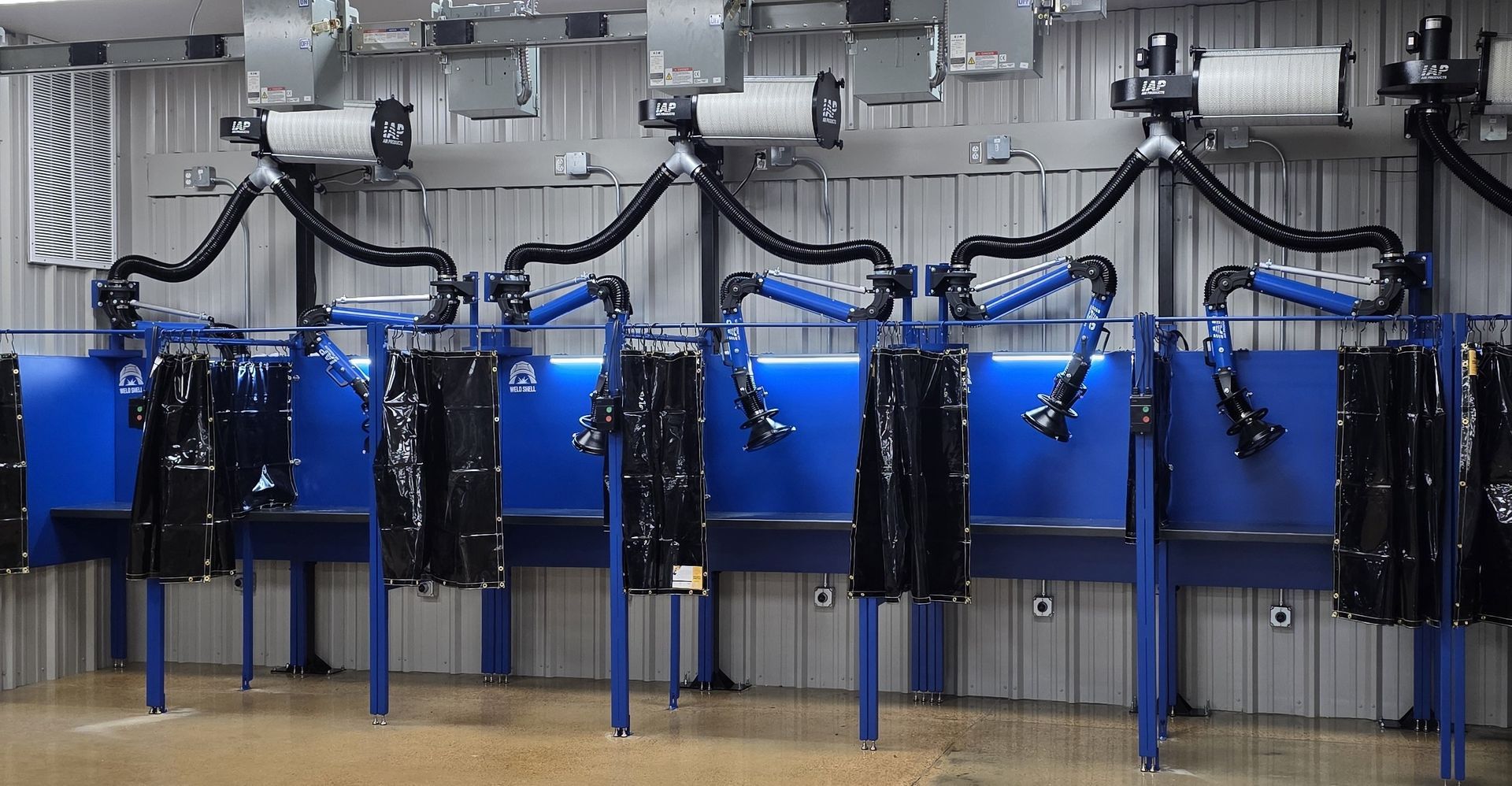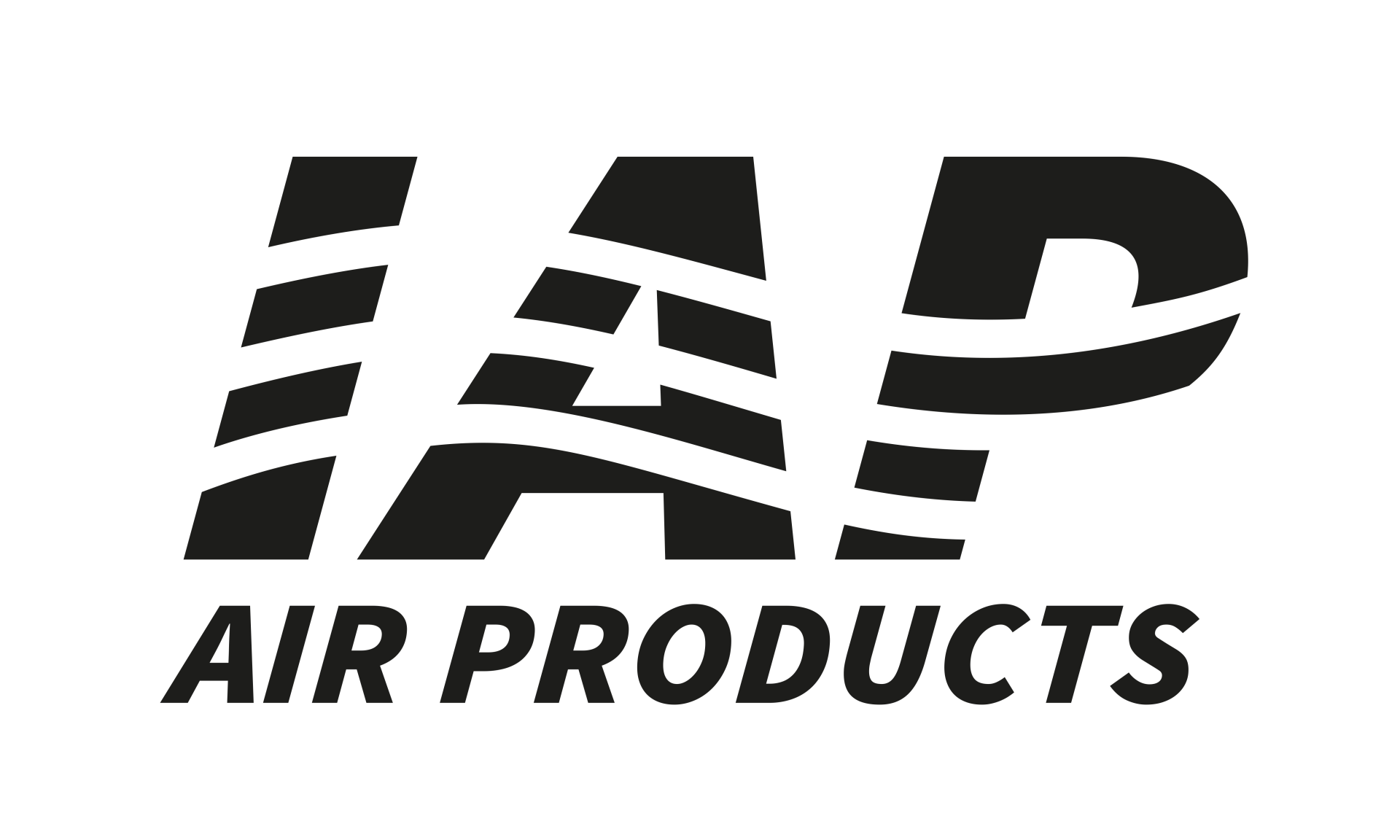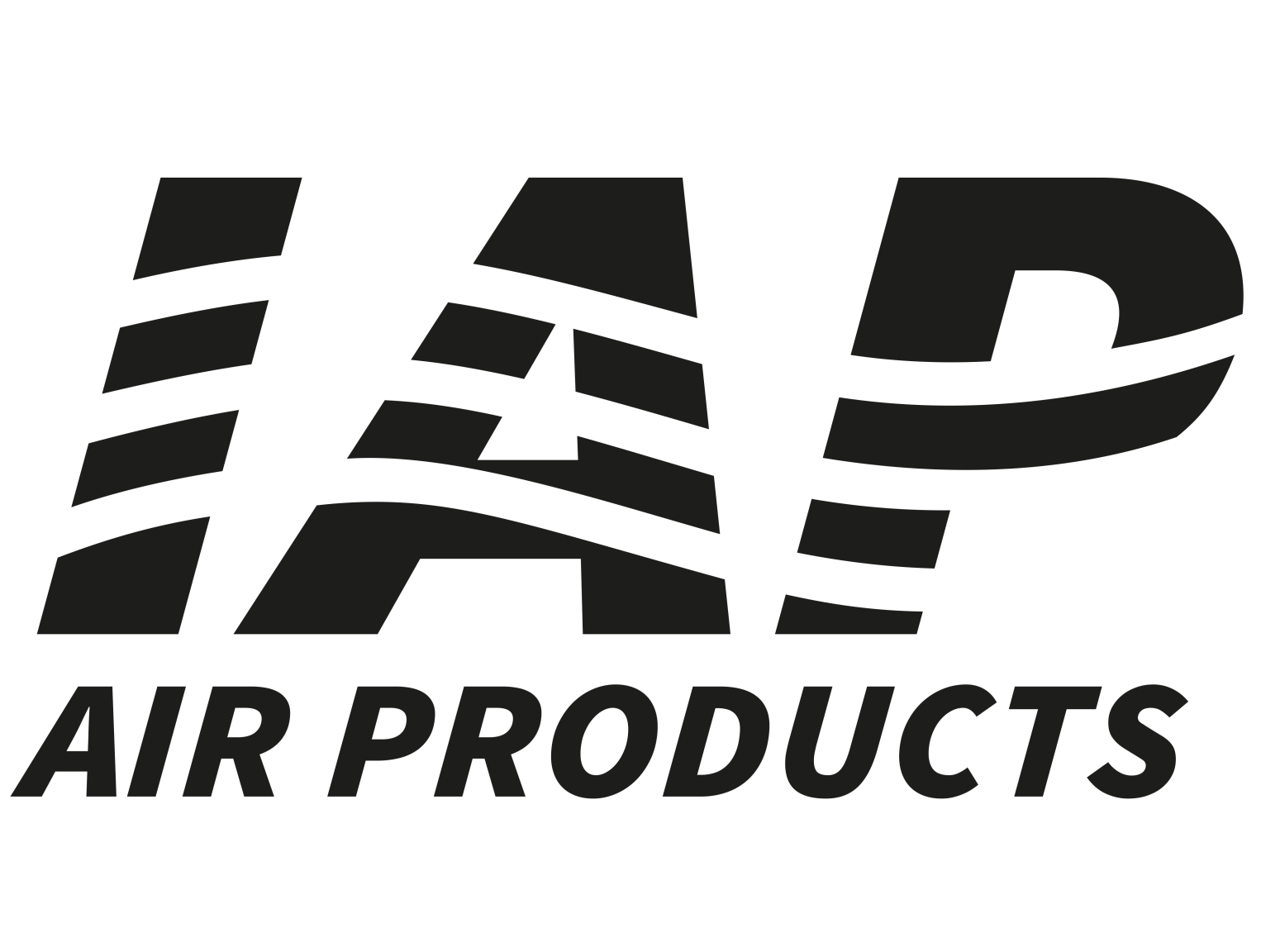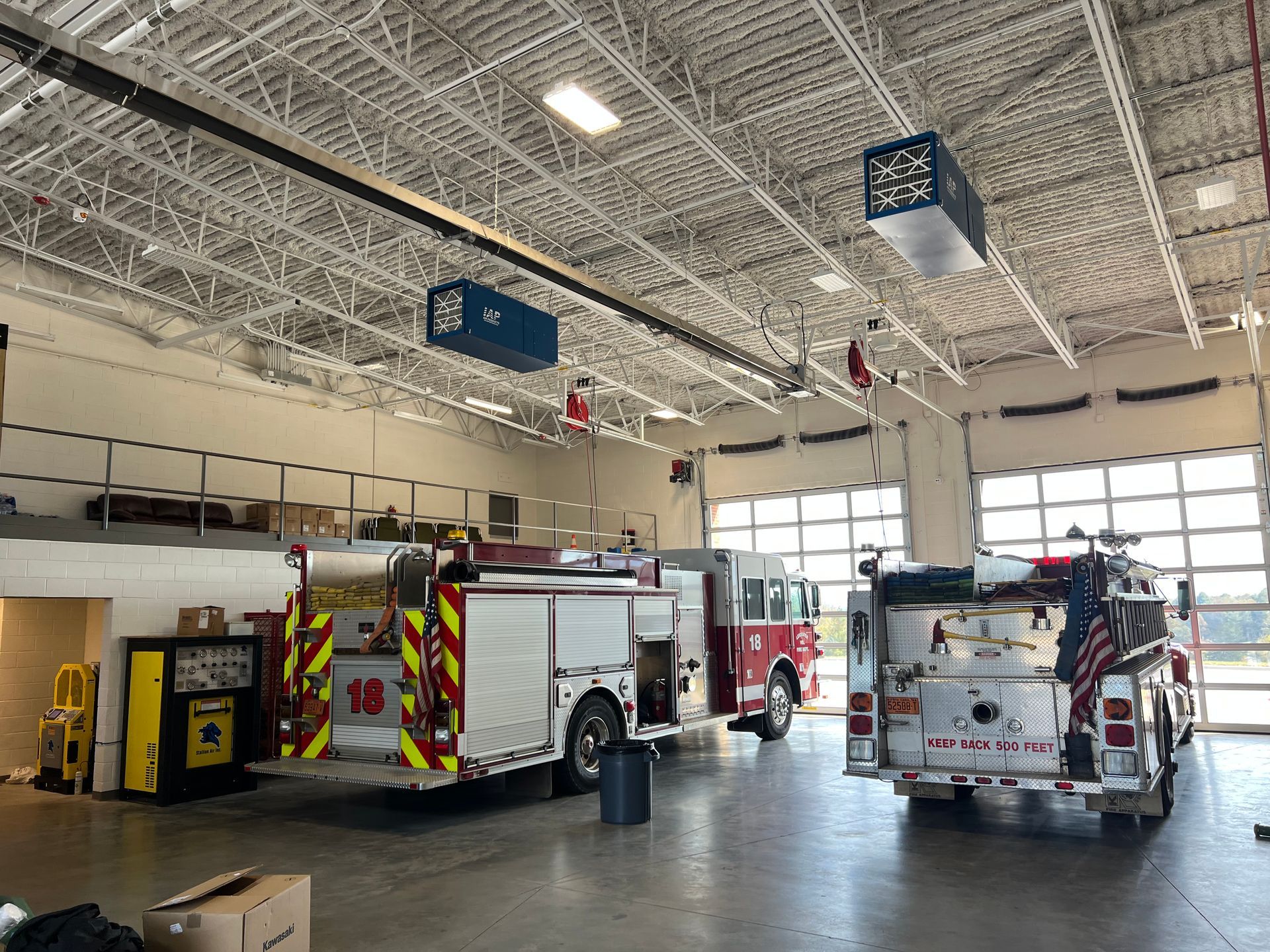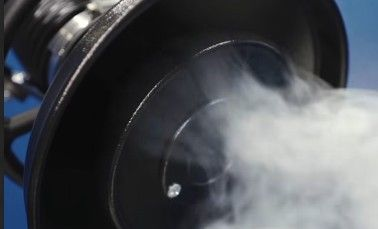Advancing Fire Station Safety
The Transition from Source Capture to Ambient Air Cleaners: Advancing Fire Station Safety
Fire stations serve as critical hubs for emergency response and community protection. However, the nature of their work exposes firefighters to various hazardous substances, including vehicle exhaust emissions. Traditionally, fire stations have relied on source capture vehicle exhaust systems to remove harmful fumes. However, a paradigm shift is underway, with fire stations increasingly adopting ambient air cleaners for exhaust removal. This article explores the benefits of this transition, highlighting how ambient air cleaners enhance firefighter safety and overall operational efficiency.
1. Improved Indoor Air Quality
Source capture systems directly extract exhaust emissions from vehicles, but they require constant connection and disconnection of hoses to exhaust pipes, which can be time-consuming and inefficient. In contrast, ambient air cleaners effectively filter the air within the entire fire station, reducing the concentration of pollutants, including exhaust fumes. This comprehensive approach significantly improves indoor air quality, minimizing the risks associated with prolonged exposure to hazardous substances. Firefighters will experience better respiratory health and a reduced likelihood of developing respiratory conditions.
2. Flexibility and Cost-Effectiveness
Ambient air cleaners offer greater flexibility compared to source capture systems. They can be easily installed and require minimal maintenance, providing fire stations with a cost-effective solution. Unlike source capture systems that require specific vehicle modifications, ambient air cleaners can accommodate different vehicle types without any alterations. This adaptability eliminates the need for costly retrofits, making the transition more affordable and accessible for fire stations of varying sizes and budgets.
3. Enhanced Efficiency and Time Savings
Source capture systems necessitate manual connection and disconnection, which can be time-consuming, especially during emergency situations when rapid response times are crucial. Ambient air cleaners eliminate this time-consuming process, allowing firefighters to focus on their core duties. The convenience of ambient air cleaners enables a seamless transition, reducing downtime between calls and maximizing operational efficiency. Firefighters can quickly access their vehicles without compromising safety.
4. Improved Fire Station Workflow
The adoption of ambient air cleaners streamlines fire station workflow and improves overall organization. Unlike source capture systems that require designated vehicle bays and individual hose connections, ambient air cleaners can be strategically placed throughout the fire station. This arrangement optimizes space and promotes efficient traffic flow. Firefighters can easily maneuver within the station, allowing for smoother coordination and quicker response times.
5. Environmental Considerations
Ambient air cleaners not only prioritize firefighter safety but also contribute to a cleaner environment. By effectively filtering the air within fire stations, these systems minimize the release of harmful pollutants into the atmosphere. This environmentally conscious approach aligns with global efforts to reduce carbon emissions and promotes sustainable practices within the firefighting community. The transition to ambient air cleaners showcases a commitment to both firefighter well-being and environmental stewardship.
Conclusion
The shift from source capture vehicle exhaust systems to ambient air cleaners represents a significant advancement in fire station safety. By improving indoor air quality, providing flexibility, enhancing efficiency, and promoting environmental consciousness, these systems are revolutionizing the firefighting landscape. The benefits of ambient air cleaners are clear, offering superior protection to firefighters, optimizing operational efficiency, and contributing to a healthier and safer work environment. As fire stations embrace this progressive technology, the future of firefighting promises enhanced safety, improved workflow, and greater environmental responsibility.
SHARE THIS POST

